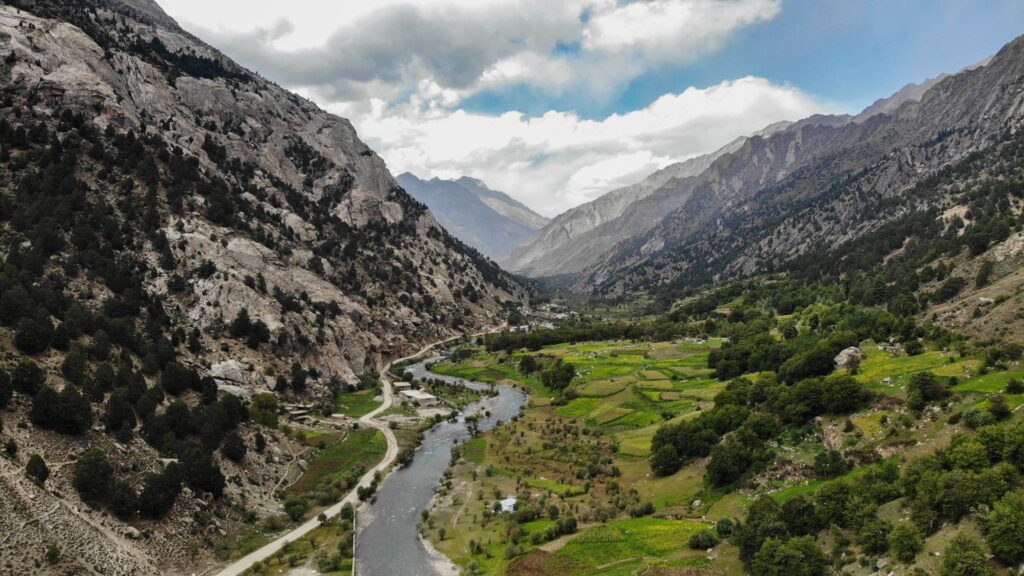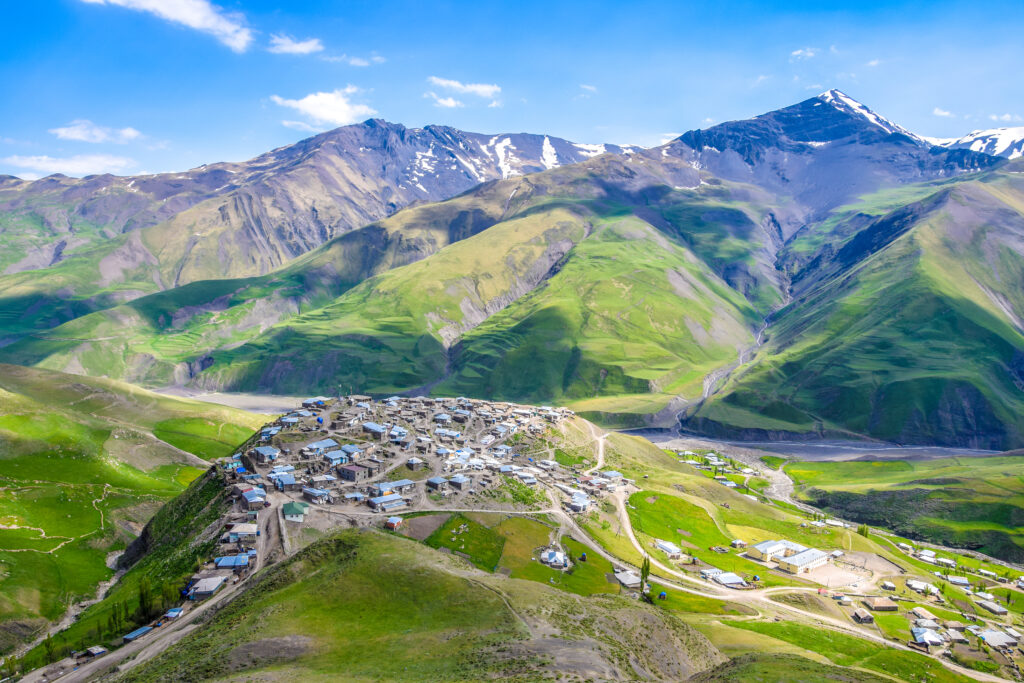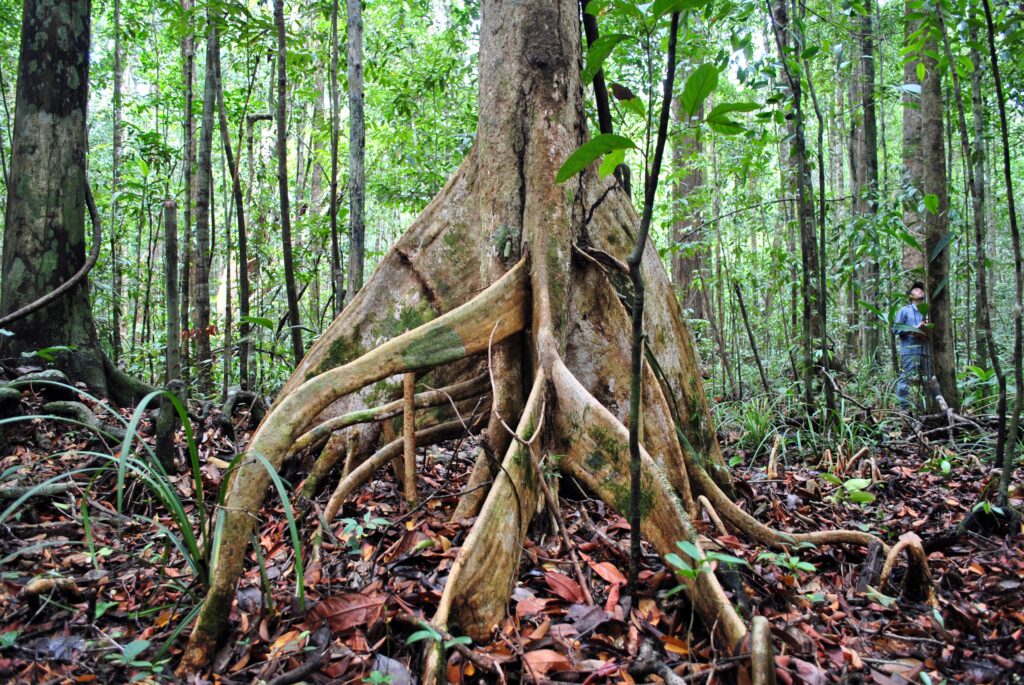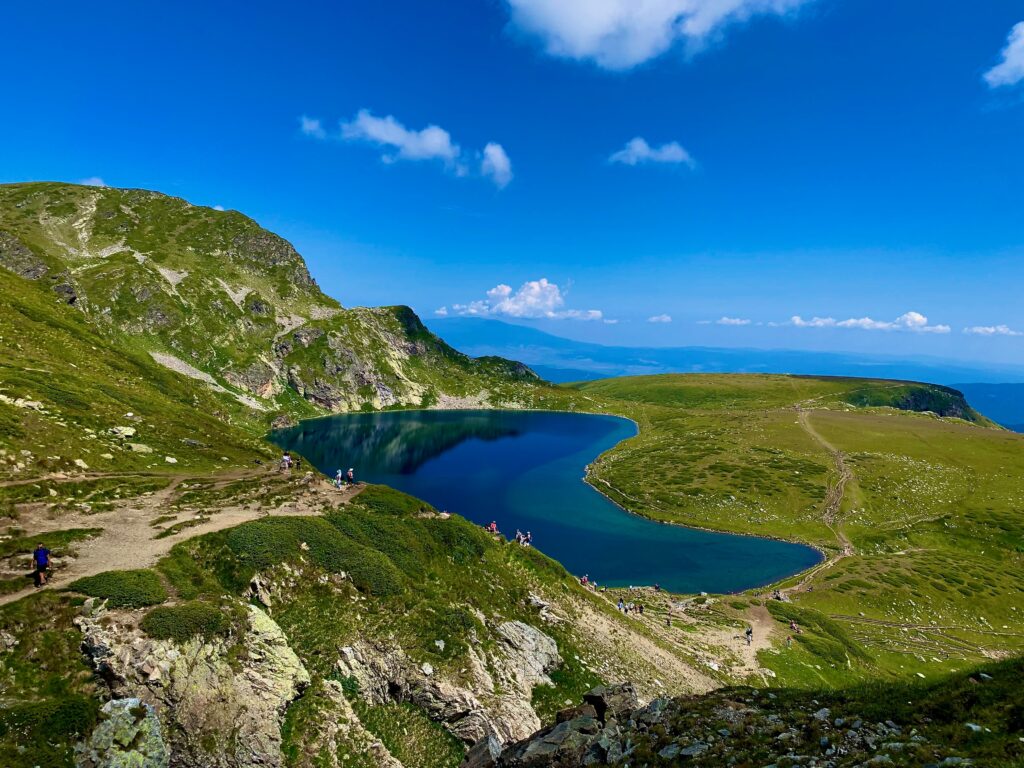Australia
- Home
- Which-Half?
- National Report Cards
- Australia
SPI: 65.82
Species Protection Index Average: 42
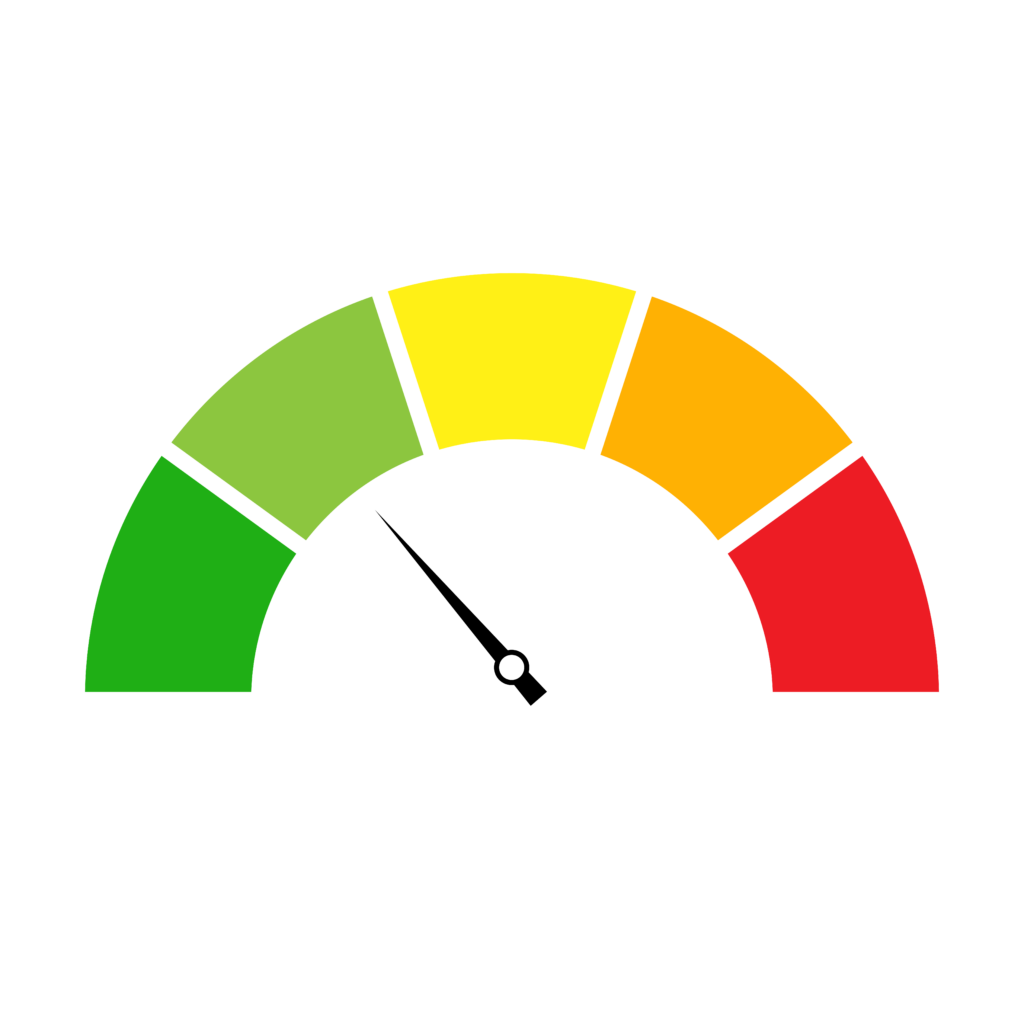

National Report Card: Australia
Australia’s terrain is mostly low plateau with deserts; and a fertile plain in the southeast. The mountains of the “Great Dividing Range” in Australia’s east form a watershed crest from which all of the rivers of eastern Australia flow. An estimated 10% of the world’s biodiversity lives within Australia’s lands and waters, with many flora and fauna that exist nowhere else.
Australia has high biodiversity rarity of terrestrial land vertebrates at a global scale. When analysed as single taxons, the rarity of amphibians, birds, mammals and reptiles is also high. Most of the country is used for human activities, in its majority by rangeland. The rarity of marine fish and mammals is also high. Challenges to biodiversity include soil degradation; deforestation; limited natural freshwater; drought and desertification. Australia’s Great Barrier Reef, the largest coral reef in the world, is threatened by shipping, tourism, invasive species, ocean acidification, and rising ocean temperatures.
22%
of land currently protected
2042
total land vertebrate species
1409
endemic land vertebrate species
Species of significant conservation interest
Rock Wallaby
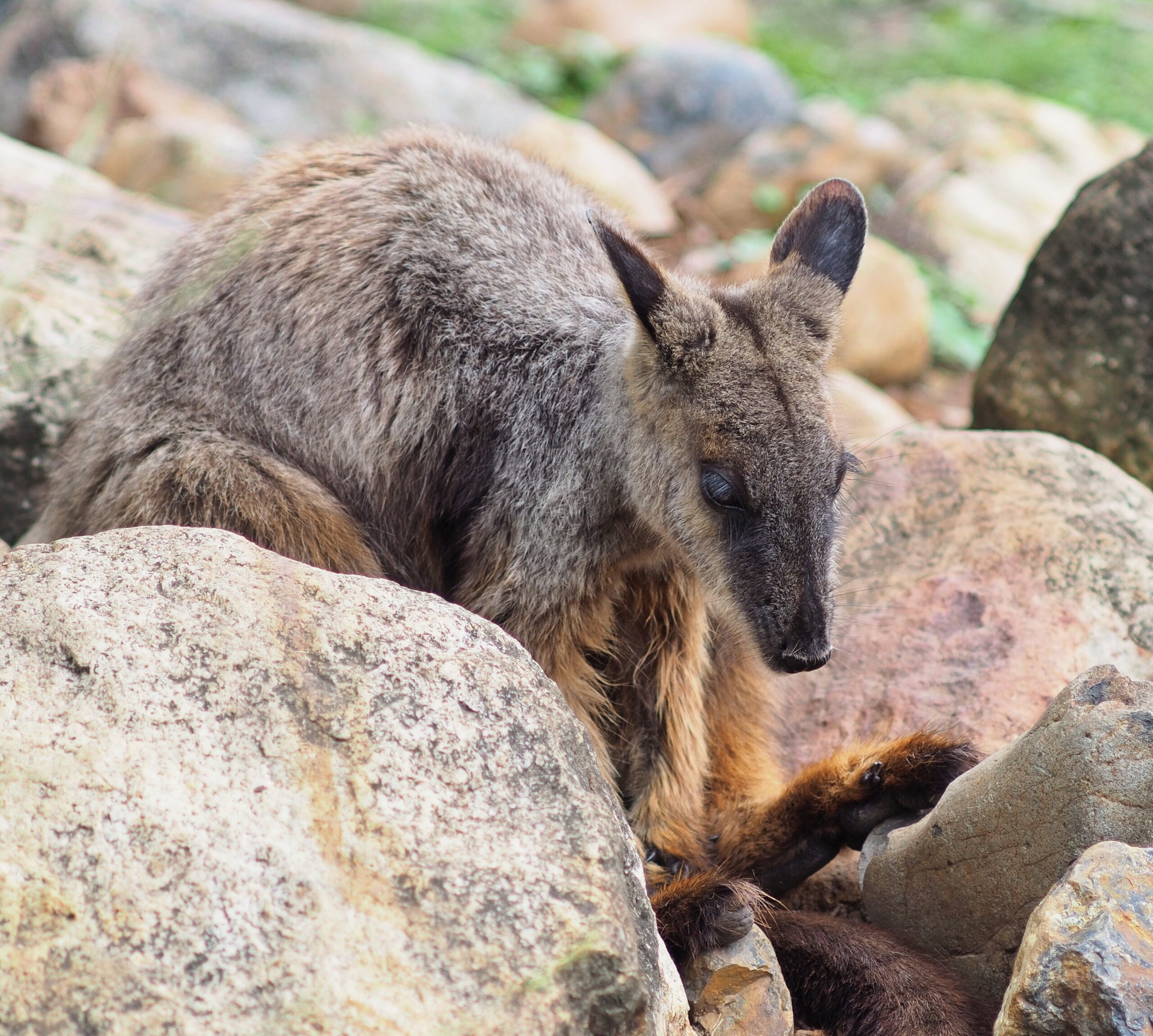

214
amphibians / 201 endemic
550
birds / 65 endemic
314
mammals / 241 endemic
964
reptiles / 902 endemic
Information on this page was sourced from the CIA World Factbook and the Half-Earth Project Map.

